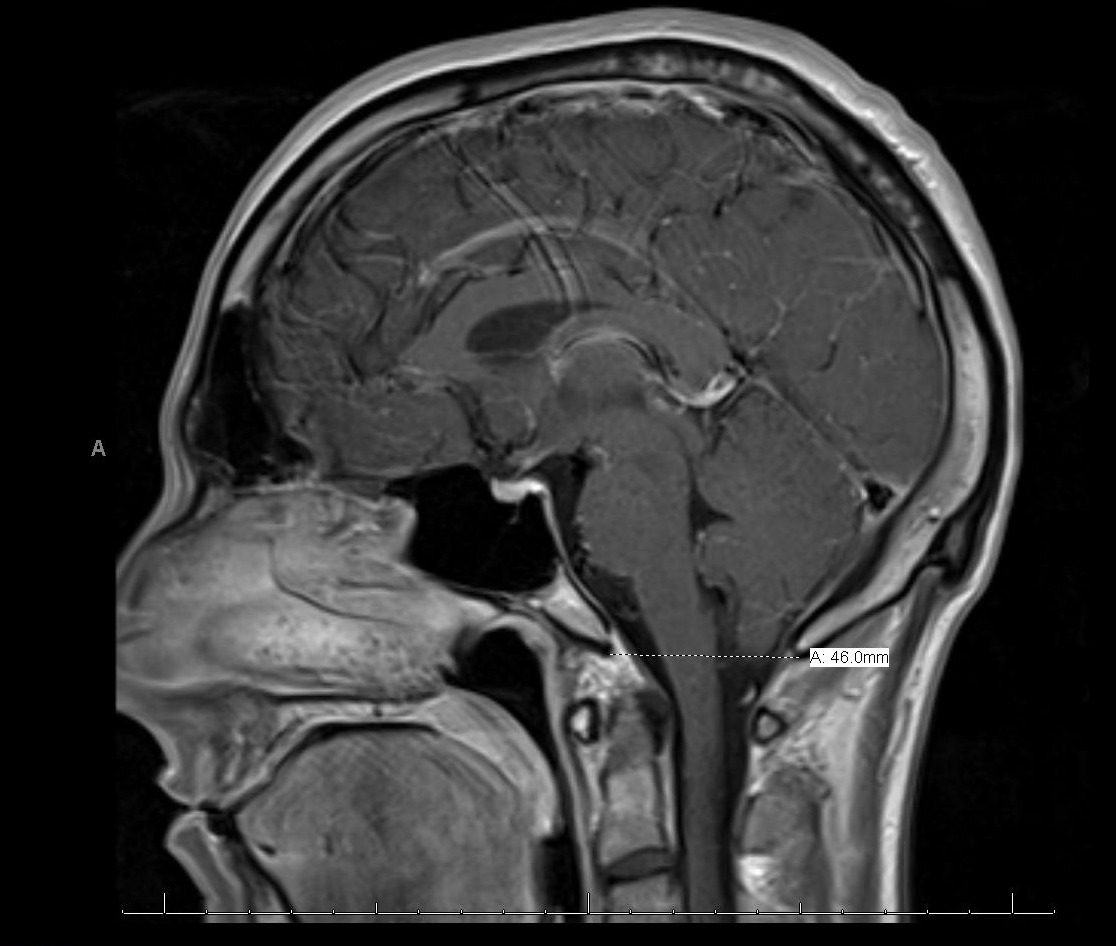Case Presentation: A 29-year-old previously healthy male presented with acute symmetrical joint pain with swelling, back pain, headache, and photophobia. He had no established past medical history and his social history was unremarkable. He was febrile with an examination significant for upper and lower extremity joint tenderness, warmth, and joint swelling in his hands, feet, and knees although with no observable rashes. He had a decreased range of motion in his neck and was positive for nuchal rigidity. Initial tests revealed leukocytosis and elevated CRP with normal ANA, ANCA, ds-DNA, and RF. Blood cultures were normal after 5 days of growth while serology for lyme, cryptococcous, RPR, chlamydia, gonococcal, HIV, HSV and parvovirus B19 were negative. A lumbar puncture revealed mild leukocytosis while joint aspirates showed no crystal arthropathy. A subsequent brain MRI revealed bilateral leptomenigeal enhancements typically seen in sarcoidosis or viral infections. Elevated titers of Coxsackie type-B antibodies were eventually discovered which are typically seen in acute infection. Given these findings, the patient was diagnosed with aseptic meningitis with symmetrical polyarthritis due to Coxsackie Virus. As a result, the patient was treated with 2 doses of high dose methylprednisolone and supportive therapy. After his symptoms improved, the patient was discharged on a 2-week course of oral prednisone and prophylactic TMP/SMX with the recommendation to follow up in outpatient clinic. Eventually, his symptoms resolved with steroid tapering without further complications from his initial illness.
Discussion: Patients presenting with acute meningeal symptoms typically warrant acute management include inpatient hospitalization, IV antibiotic or antifungal administration, relevant diagnostic studies and imaging, and appropriate contact precautions due to the high risk of morbidity associated with ongoing infection and delayed treatment. While empiric interventions are often initially appropriate, further investigation should be performed to determine alternative causes of acute symptoms through physical examination and laboratory studies especially in patients presenting with both neurological and rheumatological findings. Doing so may broaden the differential diagnosis of similar presenting conditions to avoid potential complications associated with long term management including longer-than-normal hospital length of stay, unwanted financial burden, and side effects from potential toxic medications.
Conclusions: Coxsackie Virus is an RNA enterovirus that is uncommonly associated with symmetrical polyarthritis with meningeal symptoms especially when found in an immunocompetent individual. While 90% of infected patients may remain asymptomatic, approximately 0.1% of those patients may develop symptoms including symmetrical polyarthritis and meningitis which may lead to immediate hospitalization. Manifestations of the disease may be due to widespread inflammation as a result of cross reactivity between viral protein and autoantigens and potential T and B cell dysfunction with autoimmunity. Quick identification of viral illnesses is important as they are normally self-limiting and can be managed with supportive care, compared to other conditions of similar presentations which typically require long-term treatment with potentially toxic medications.

